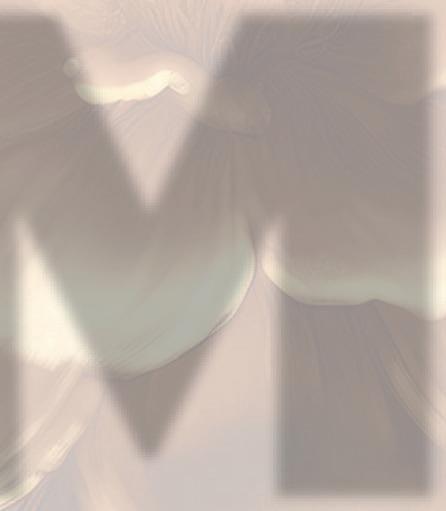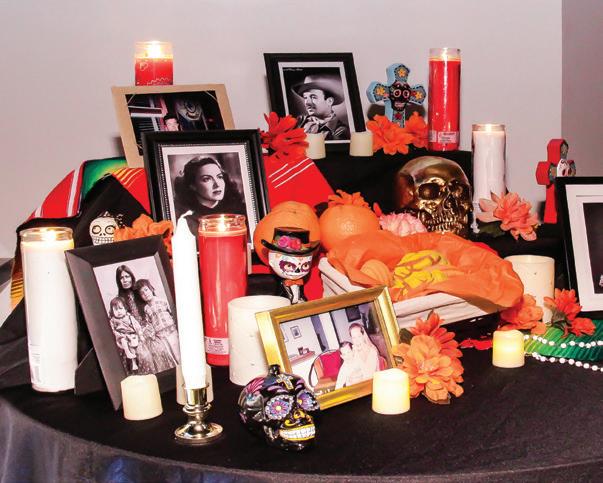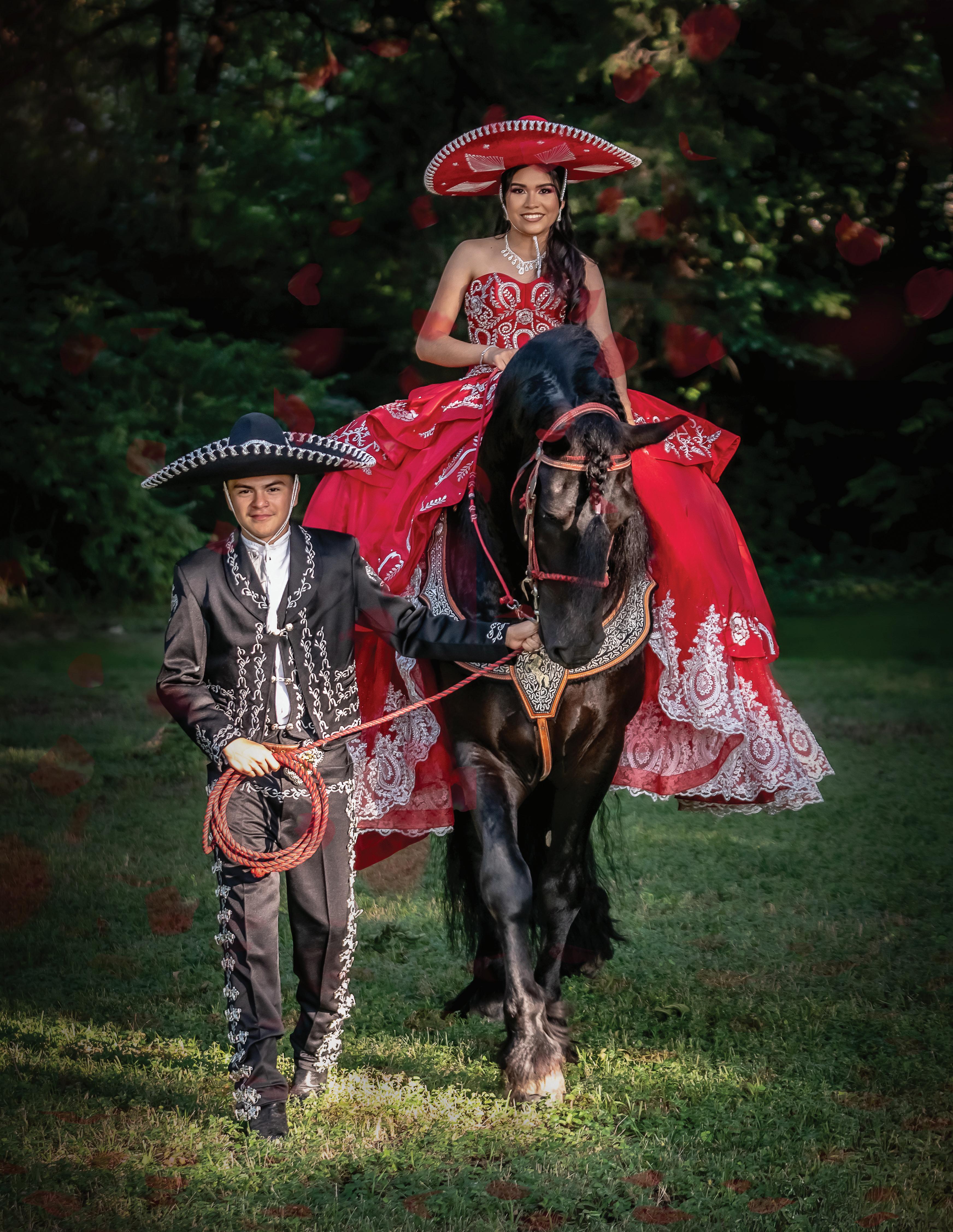
3 minute read
ia uertos de los
Though it may seem similar to Halloween because of the dates and some of the imagery, it is actually very different. Dia de los Muertos has deep cultural and spiritual significance, and its origins trace back thousands of years to ancient Meso-American civilizations like the Aztec and Maya, long before the Spanish arrived in the Americas.
So, how does it work? Dia de los Muertos kicks off on October 31st and lasts until November 2nd. October 31st marks the beginning of the celebration, where families light a white candle to remember those who have passed away. November 1st is known as “Dia de los Inocentes” or “Dia de los Angelitos,” a day dedicated to children and babies who have died. This part of the holiday is filled with tender, childlike themes, and the offerings often include toys, candies, and other items that children would enjoy. November 2nd, known as “Dia de los Difuntos” or “Dia de los Muertos,” is the day to honor adults who have passed away.
Advertisement
One of the most beautiful and central traditions of Dia de los Muertos is the creation of altars, or “ofrendas.” These altars are constructed in homes and public spaces to welcome the spirits of the deceased back to the world of the living for a brief time. They are vibrant and colorful, adorned with marigold flowers, called “cempasuchil,” which are believed to guide the spirits with their bright colors and strong fragrance. Papel picado, a type of perforated paper, is often draped over the altar to represent the fragile connection between life and death. Families also place photos of their departed loved ones, as well as their favorite foods, drinks, and even items that were special to them during their lives. A traditional food often found on the altars is “pan de muerto,” a sweet bread that is baked especially for this occasion.

Have you ever heard about Dia de los Muertos, or e Day of e Dead?
It’s a vi ant and meaningful cele a- tion rooted in Mexican cu ure, focused on remembering and honoring loved ones who have passed away.
ico around the same time as Dia de los Muertos, and many believe they carry the spirits of the deceased with them, creating a mystical connection between nature and the spiritual world.
The spirit of Dia de los Muertos is about bringing people together, whether they are family members, friends, or even entire communities. It’s a time to share stories, laugh, and pass on traditions. While skull makeup and costumes have become more popular due to their portrayal in films and media, the real heart of the celebration is in the memories shared and the love felt for those who have gone before us. It’s a joyful and uplifting time, not a day of mourning.
This holiday, which began in the rural areas of Mexico and Central America, started to spread to larger cities during the 1980s. In 2008, UNESCO recognized Dia de los Muertos as an important part of the Intangible Cultural Heritage of Humanity. The holiday has continued to gain visibility internationally. For example, the opening scene of the 2015 James Bond movie Spectre featured a massive Dia de los Muertos parade, sparking interest in the tradition worldwide. Similarly, Disney’s animated film Coco (2017) beautifully captured the essence of the celebration, bringing it into the spotlight for new generations.

In Dallas, the Navarro group began organizing the city’s Dia de los Muertos parade in 2019, and it has quickly become a highly anticipated annual event. This year, Mi Dia Magazine will be part of the parade and festival in Downtown Dallas on Saturday, October 26, 2024. We invite you to join us to witness the beautiful costumes, vibrant floats, and the rich cultural heritage that this event celebrates. It’s a wonderful opportunity to embrace a tradition that honors both life and death in a meaningful way. We hope to see you there!
But Dia de los Muertos isn’t just about remembering humans. October 27th is dedicated to dogs! In ancient times, people believed that the Xoloitzcuintli, a native breed of dog, helped guide souls to the underworld. Even today, Xolo dogs are seen as spiritual companions in this celebration. Monarch butterflies also hold special significance. These butterflies migrate to Mex-
- Claudia Almaraz








